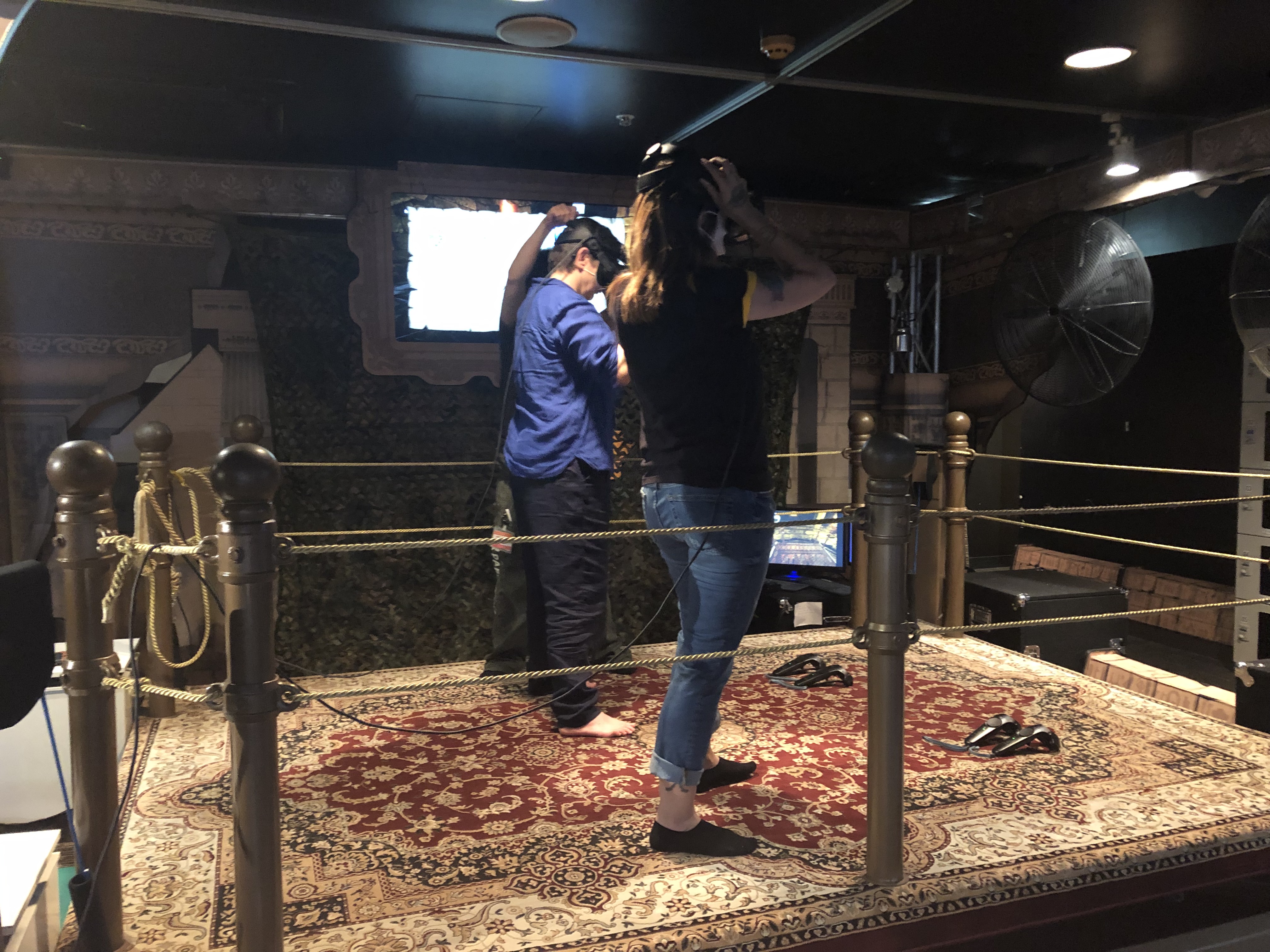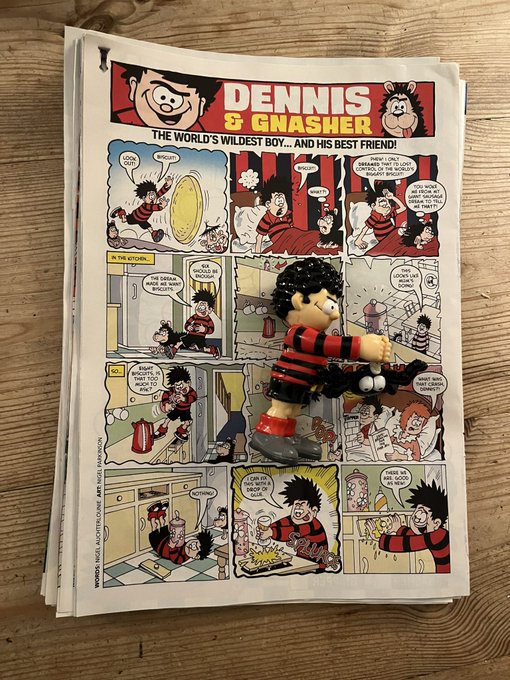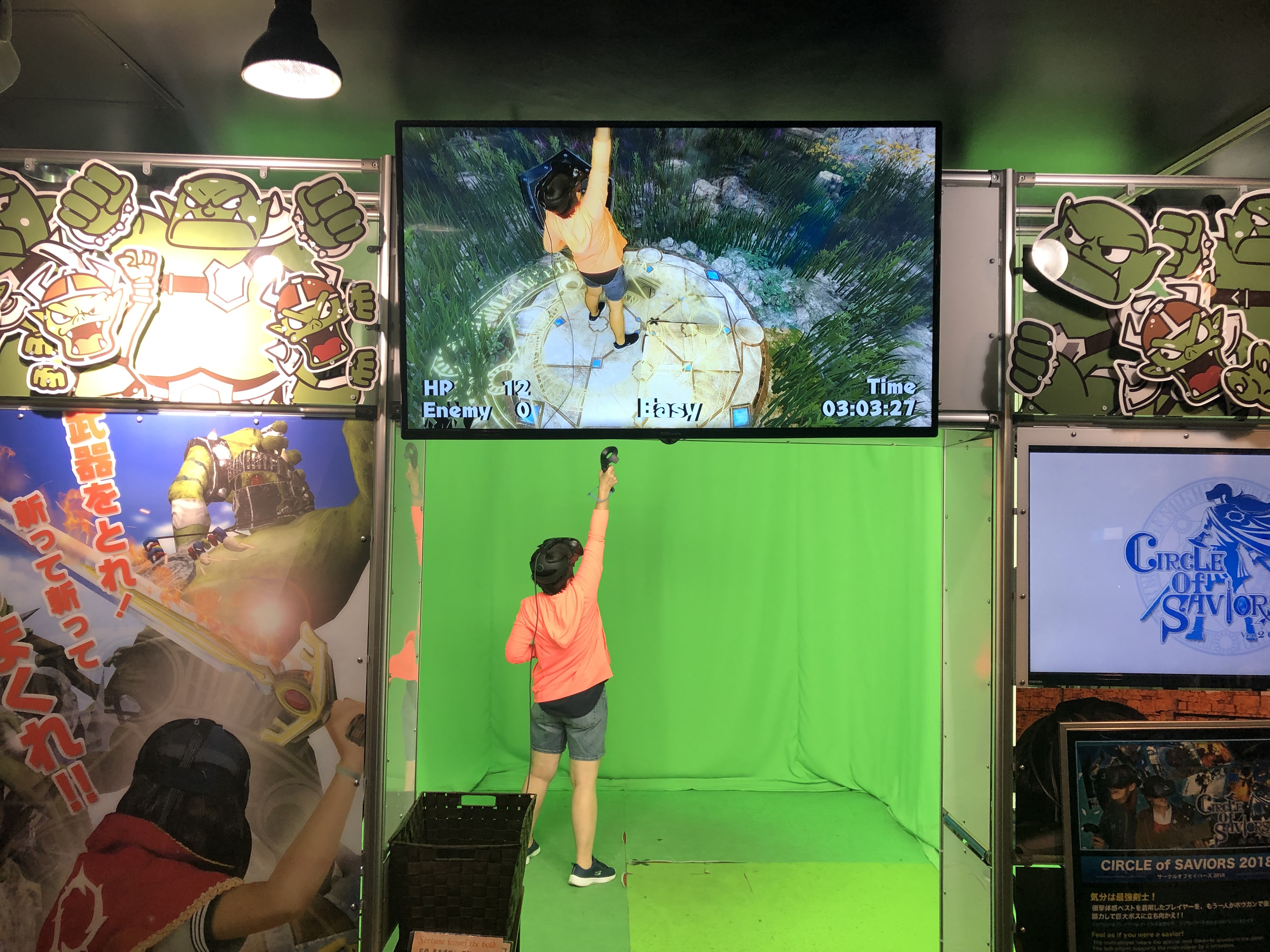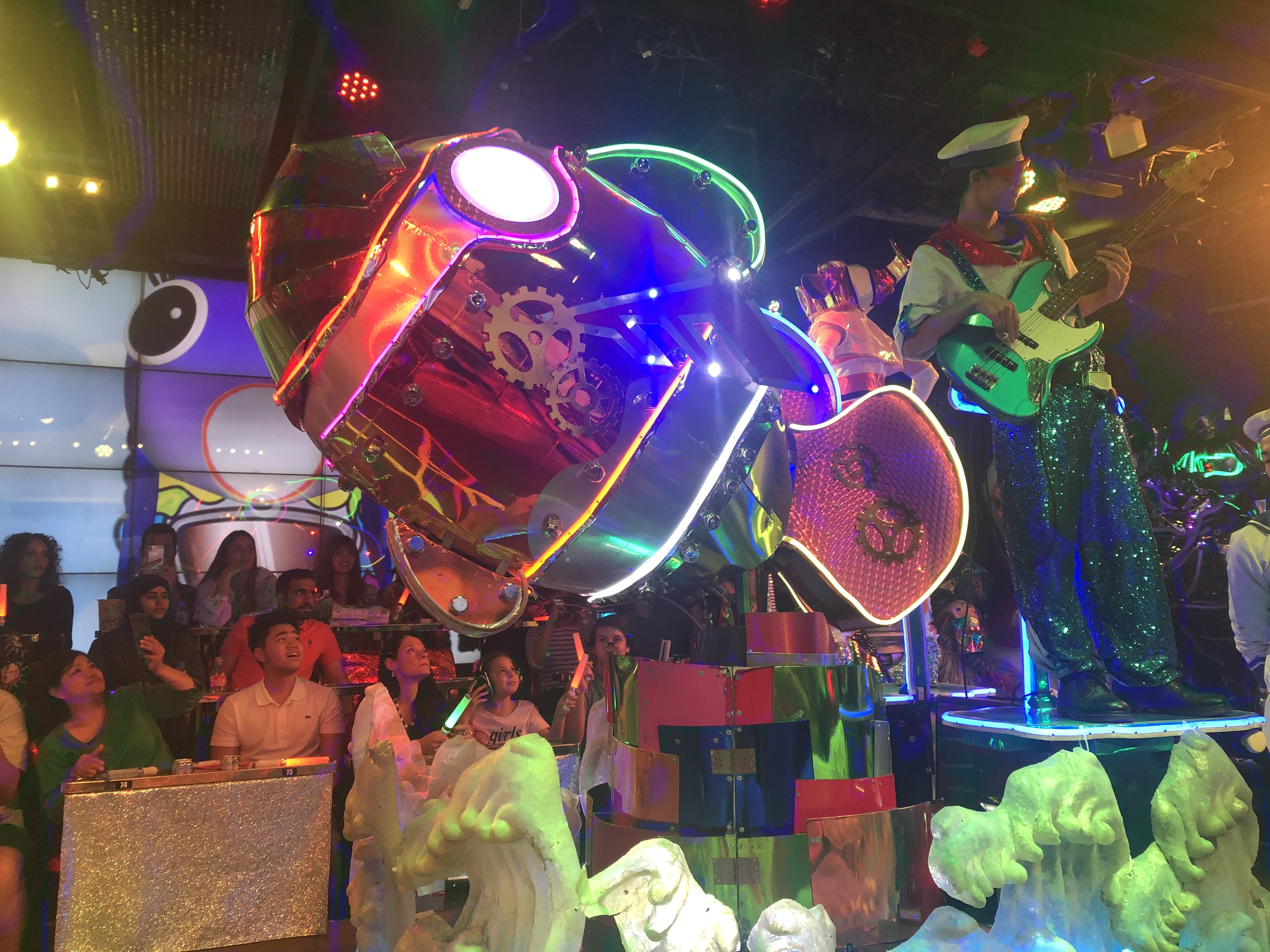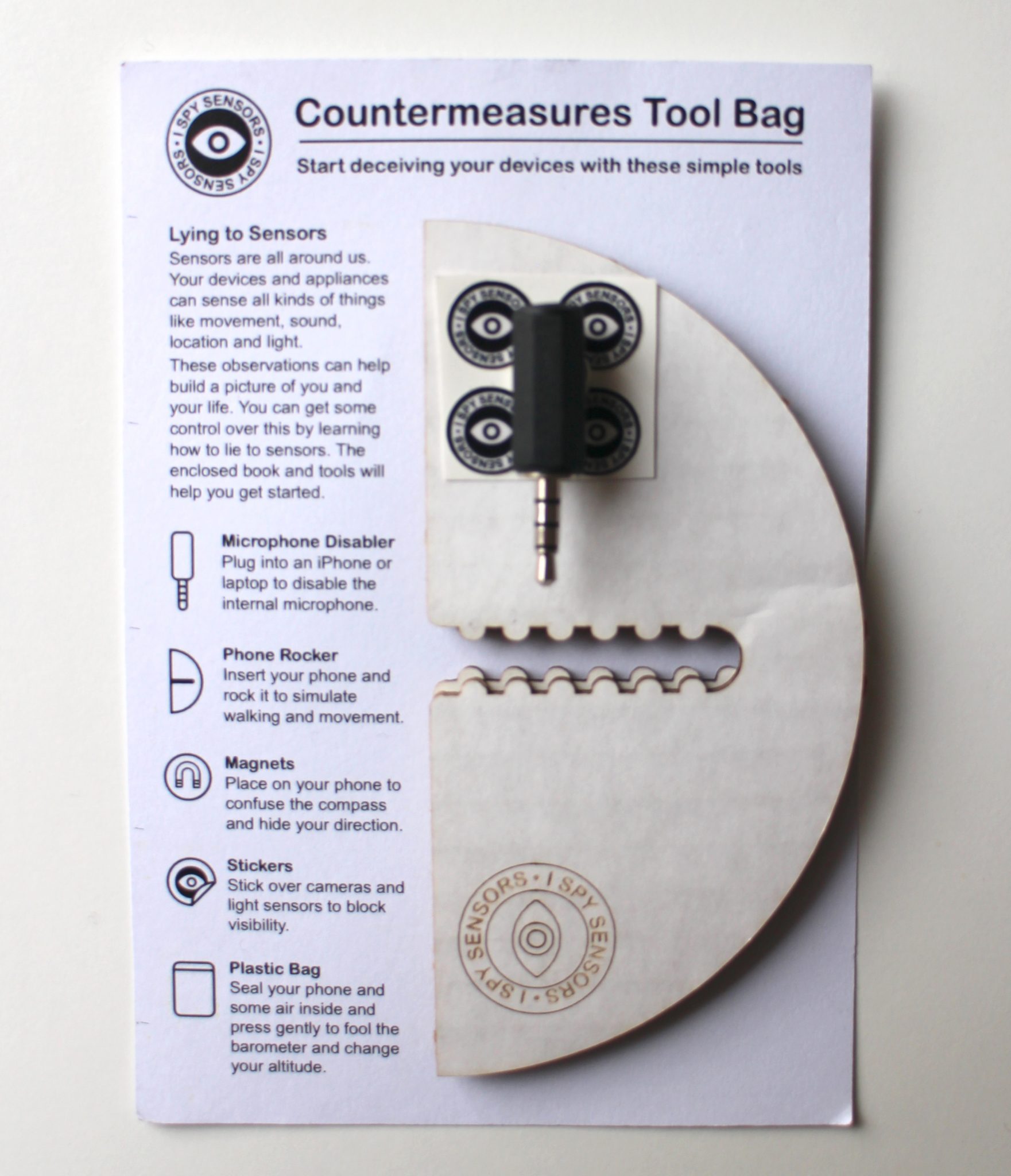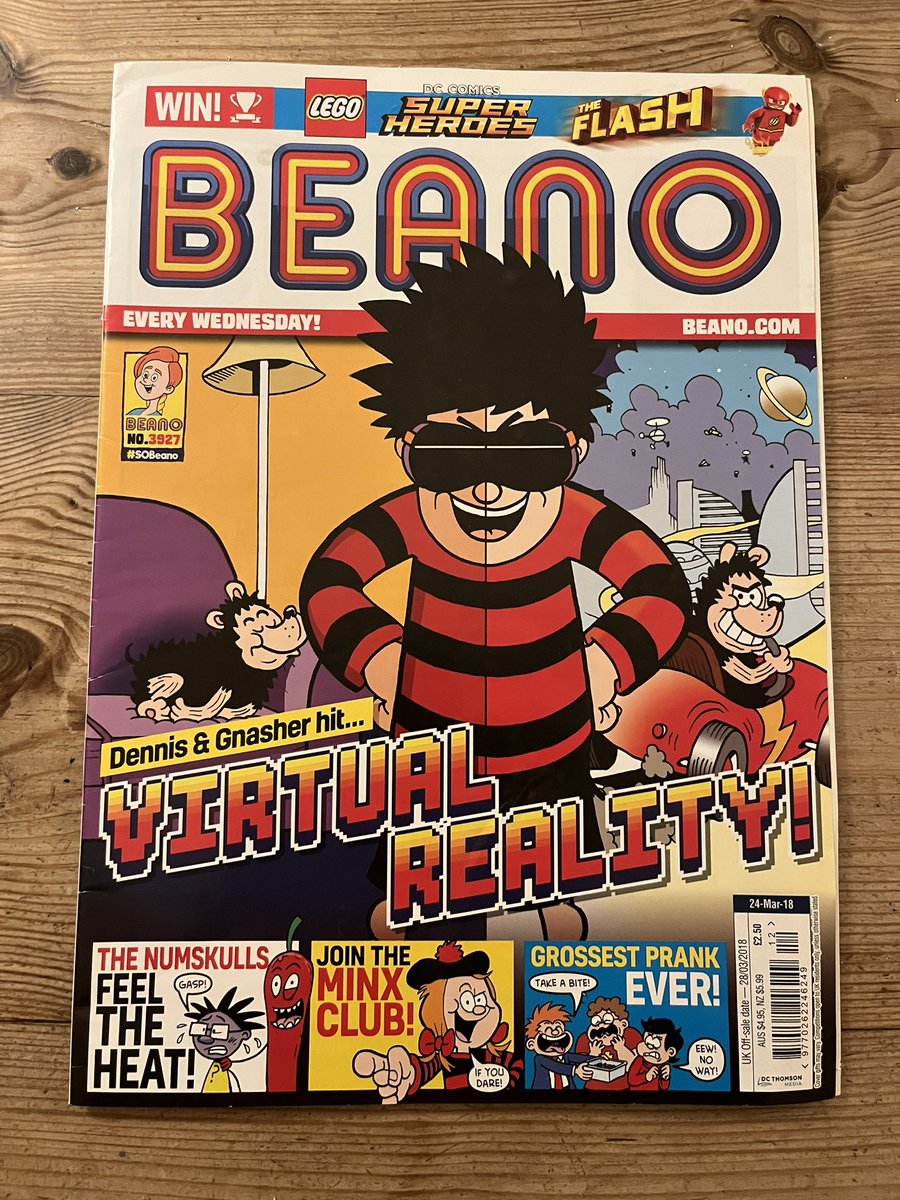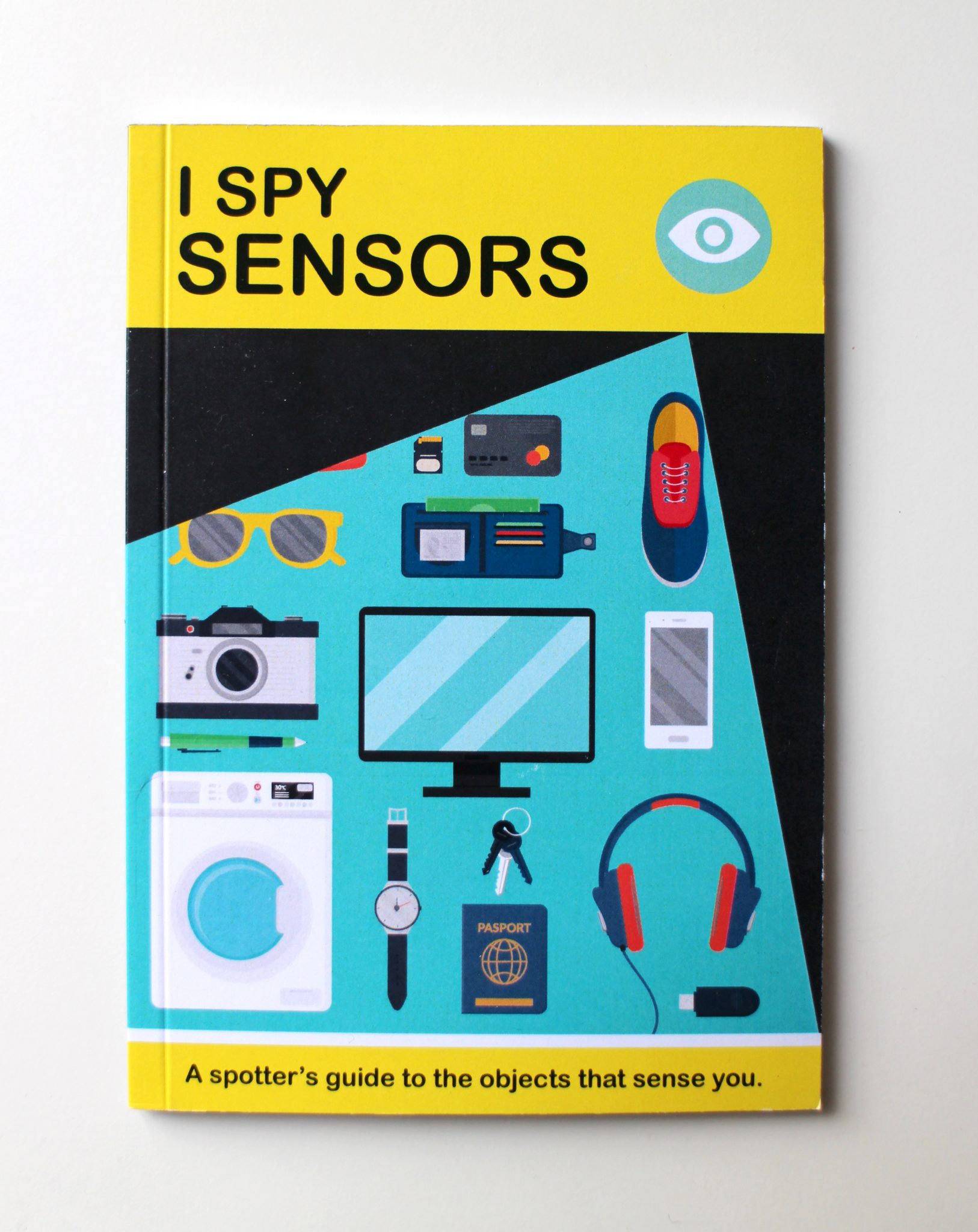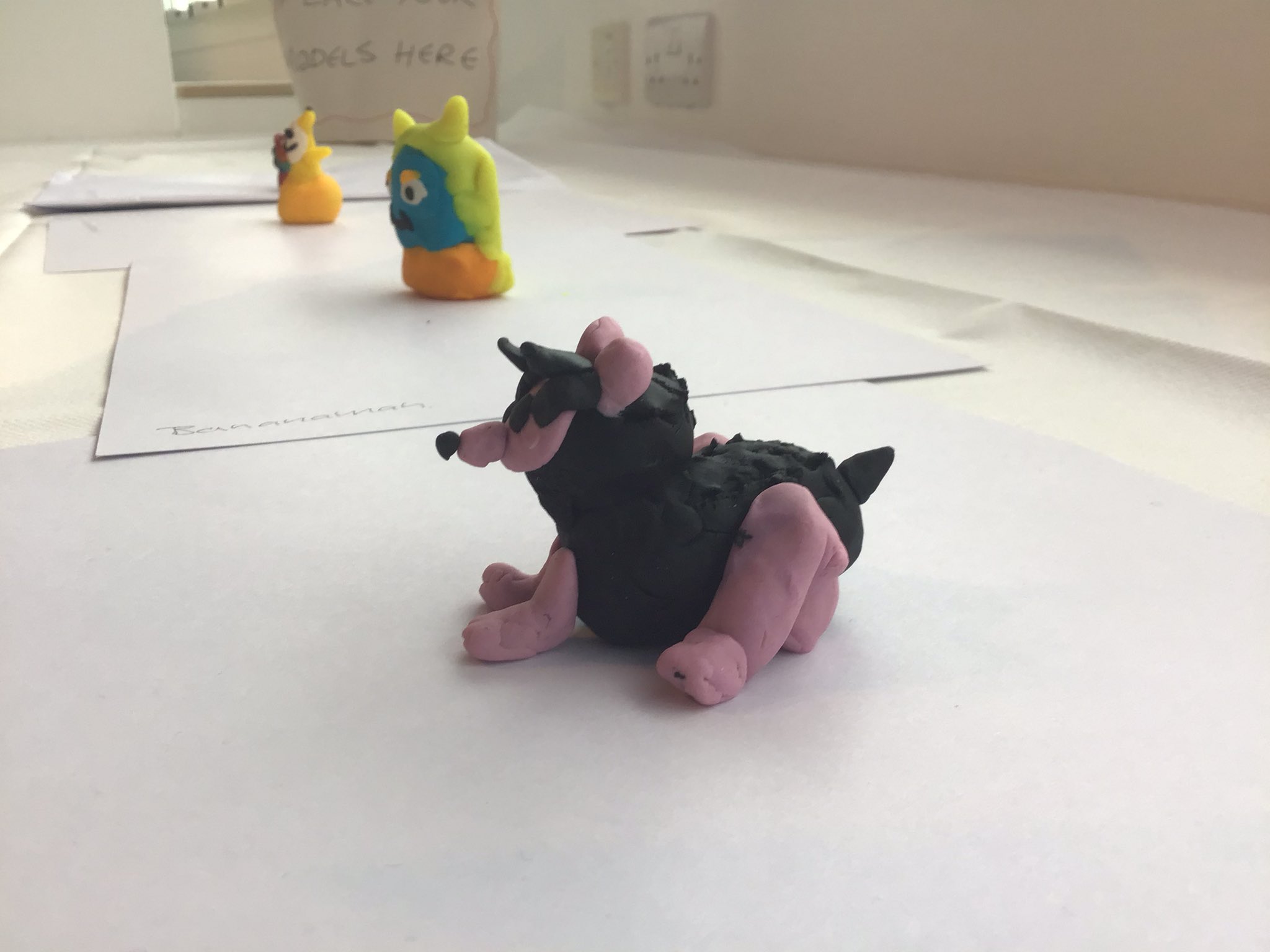X|| Story Research
We
provide research for UKRI and international research projects, as well as, for commercial
companies, community groups and NGOs. We are successful bid writers, and great
at forming research consortium for project work.
At the heart of our research is an interest in how storyworld methodologies and practical hands-on art and design methods can be used to collect and analyse data. We find that marginalised groups, children and communities enjoy the chance to use the same technologies and techniques that we use in our own design and practice.
At the heart of our research is an interest in how storyworld methodologies and practical hands-on art and design methods can be used to collect and analyse data. We find that marginalised groups, children and communities enjoy the chance to use the same technologies and techniques that we use in our own design and practice.
Research: Future Treescapes
October 2023 - November 2024
Funded by the Arts and Humanities Research Council’s Future of UK Treescapes
Funded by the Arts and Humanities Research Council’s Future of UK Treescapes
We designed and implemented a series of art and design-based workshops for late primary and early secondary school children to contribute to the development of a videogame about treescapes. The workshops were broken down to focus on different core elements used in game design: (1) Game Worlds, (2) Character Design and (3) Narratives & Gaming Mechanics.
In the worldbuilding workshop children were asked to work individually or in pairs/small groups to make a physical model of a game world based on treescapes. They were told that treescapes could mean a forest or a wood, but it could also be those in an urban environment or a singular tree.
In the character design workshop children were asked to make a mask of a character they would like in their treescape game world. They were then asked to wear the mask and embody their character to show us what they would do in the game. This linked with asking them to illustrate the gaming mechanics of their design by drawing a series of prompts or parts of the narrative on the school playground and then enacting the game by being the character with what they had drawn. You can see how we used this research to develop the game here.


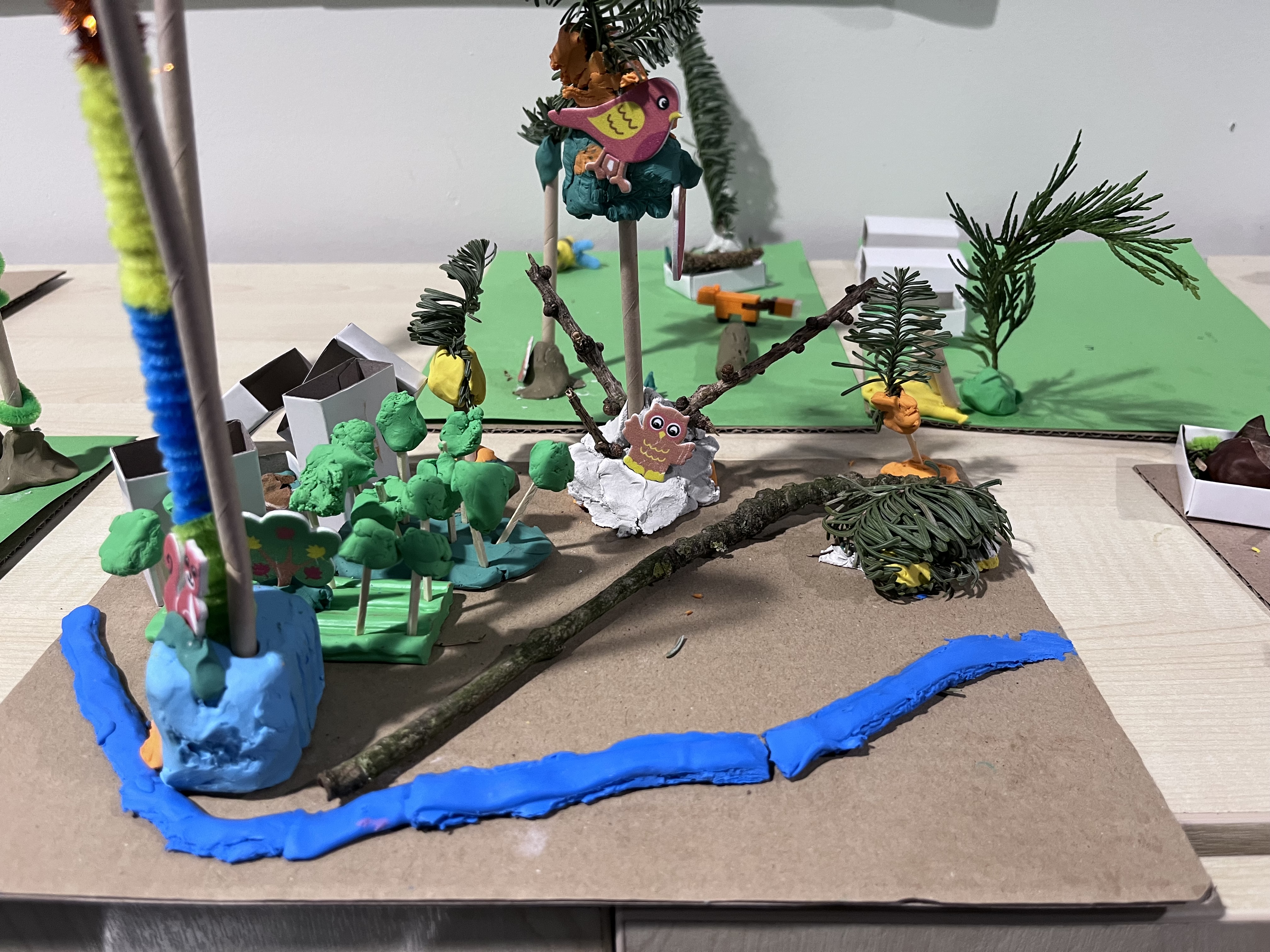
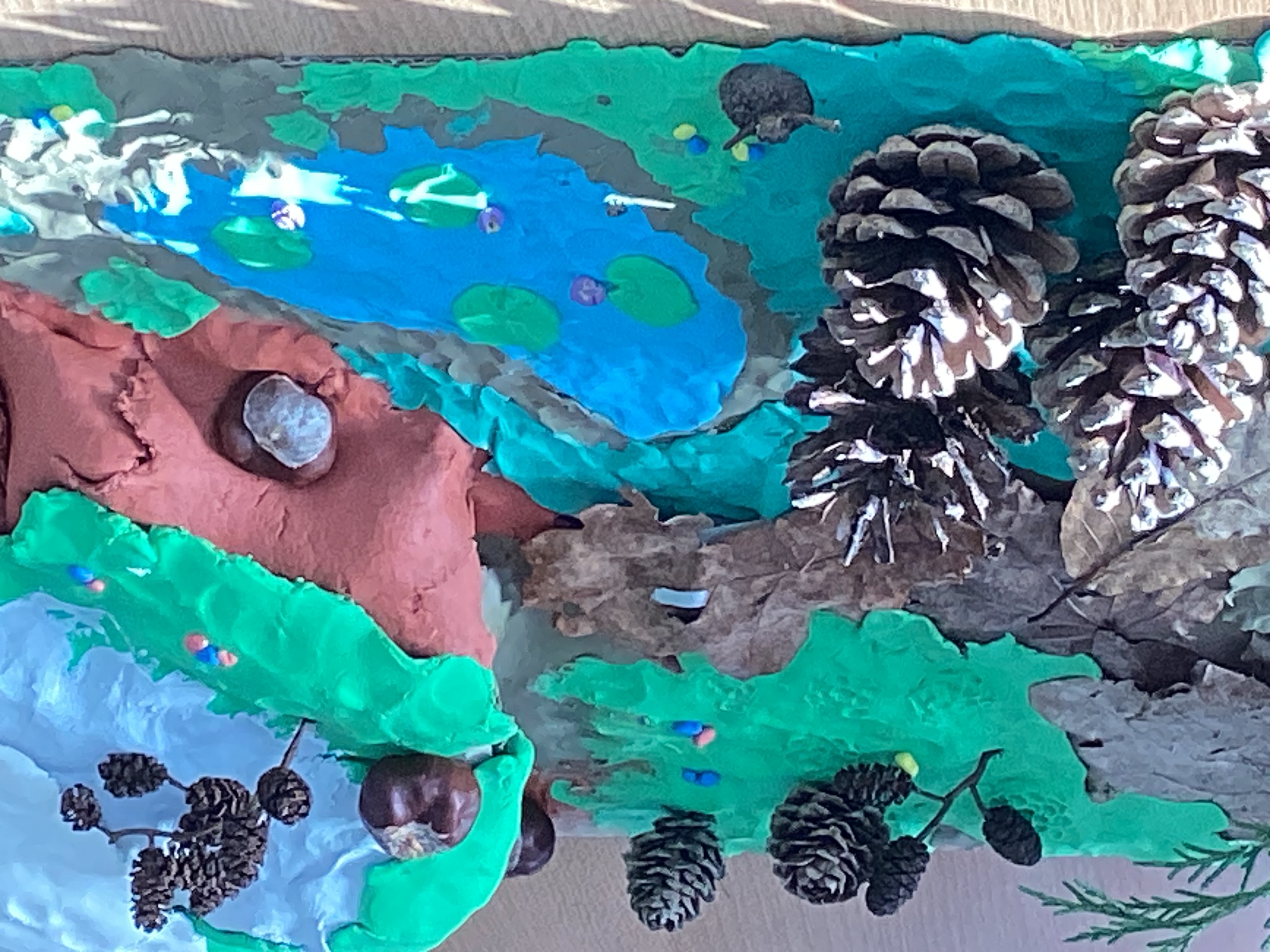




Images: Workshops materials and outputs
Research: Future Media Broadcasting
September 2022 - March 2023
Funded by AHRC via XR Stories, York University
This project explored what children aged 7-11 think is the future of broadcasting. This was achieved through a series of public engagement activities for groups of children at the National Science and Media Museum in Bradford. Here, we offered children the opportunity to explore their ideas on the future of broadcast media in relation to a series of new technologies such photogrammetry, virtual and augmented reality and proto-metaverse platforms.
The intention of the workshops was to seek an understanding of children's ideas for how they would like to consume future TV content. It built on the decline of children watching linear TV and the planned closing of CBBC in 2025/6. In relation to this, we introduced children to a range of new technologies and sought their ideas for other ways in which they want to engage with TV content. There was a two-prong focus on engagement via immersion (i.e. VR) and via interaction (e.g. proto-metaverse like mass online gaming platforms)
Aims:
Research Questions:
There are four workshops in total. Workshops 1 and 2 focused on changing Beano characters, into future broadcasting prototypes using photogrammetry and 360-degree virtual content. Workshops 3 and 4 did the same but with regards to worldbuilding.
The children's creations were scanned using photogrammetry and then turned into future media prototypes which they were in turn given a chance to feedback on. This provided insight into new workflows for the design and development of kids media using AI and Machine Learning, which in turn raised ethical issues that need to be considered by the industry.
Children who consented to take part in the research were informally interviewed about what they have created and why, to collect dialogue on their decision-making processes. They were asked for their thoughts on seeing their creation in VR/AR and Roblox. The final project report can be downloaded here:
![]()
Children’s Media Conference, 2023
Press: BBC Rewind. Read here
October 2019 - March 2022
Funded by The British Council
Crafting Futures, sponsored by The British Council, in association with the Royal College of Art and colleagues in Kyrgyzstan and Kazakhstan. Eleanor Dare was Co-I on a team which worked with craftspeople to develop stories about crafts practices, as well as the cultural and historical significance of craft and its sustainable, environmentally entangled presence in everyday and extraordinary life and lives.
![]()
Image: storytelling and video making workshops on the shores of Lake Issy Kul Kyrgyzstan
![]() Image: virtual workshop in Mozilla Hubs during lockdown
Image: virtual workshop in Mozilla Hubs during lockdown
Funded by AHRC via XR Stories, York University
This project explored what children aged 7-11 think is the future of broadcasting. This was achieved through a series of public engagement activities for groups of children at the National Science and Media Museum in Bradford. Here, we offered children the opportunity to explore their ideas on the future of broadcast media in relation to a series of new technologies such photogrammetry, virtual and augmented reality and proto-metaverse platforms.
The intention of the workshops was to seek an understanding of children's ideas for how they would like to consume future TV content. It built on the decline of children watching linear TV and the planned closing of CBBC in 2025/6. In relation to this, we introduced children to a range of new technologies and sought their ideas for other ways in which they want to engage with TV content. There was a two-prong focus on engagement via immersion (i.e. VR) and via interaction (e.g. proto-metaverse like mass online gaming platforms)
Aims:
• To undertake public engagement activities on the topic of future media broadcast
• To explore how children aged 7-11 years-old would like to consume TV content through interactive media and, or new technologies
Research Questions:
1. What are the elements most important to 7-11-year-olds when changing TV media to interactive media?
2. What are the elements most important to 7-11-year-olds when changing TV media to immersive media?
3. In relations to questions 1 & 2: What are the similarities or differences when the content is fact or fiction?
4. What aspects of consuming broadcast media through immersive media is engaging/ disengaging for children?
5. What aspects of consuming broadcast media through interactive media is engaging/ disengaging for children?
There are four workshops in total. Workshops 1 and 2 focused on changing Beano characters, into future broadcasting prototypes using photogrammetry and 360-degree virtual content. Workshops 3 and 4 did the same but with regards to worldbuilding.
The children's creations were scanned using photogrammetry and then turned into future media prototypes which they were in turn given a chance to feedback on. This provided insight into new workflows for the design and development of kids media using AI and Machine Learning, which in turn raised ethical issues that need to be considered by the industry.
Children who consented to take part in the research were informally interviewed about what they have created and why, to collect dialogue on their decision-making processes. They were asked for their thoughts on seeing their creation in VR/AR and Roblox. The final project report can be downloaded here:
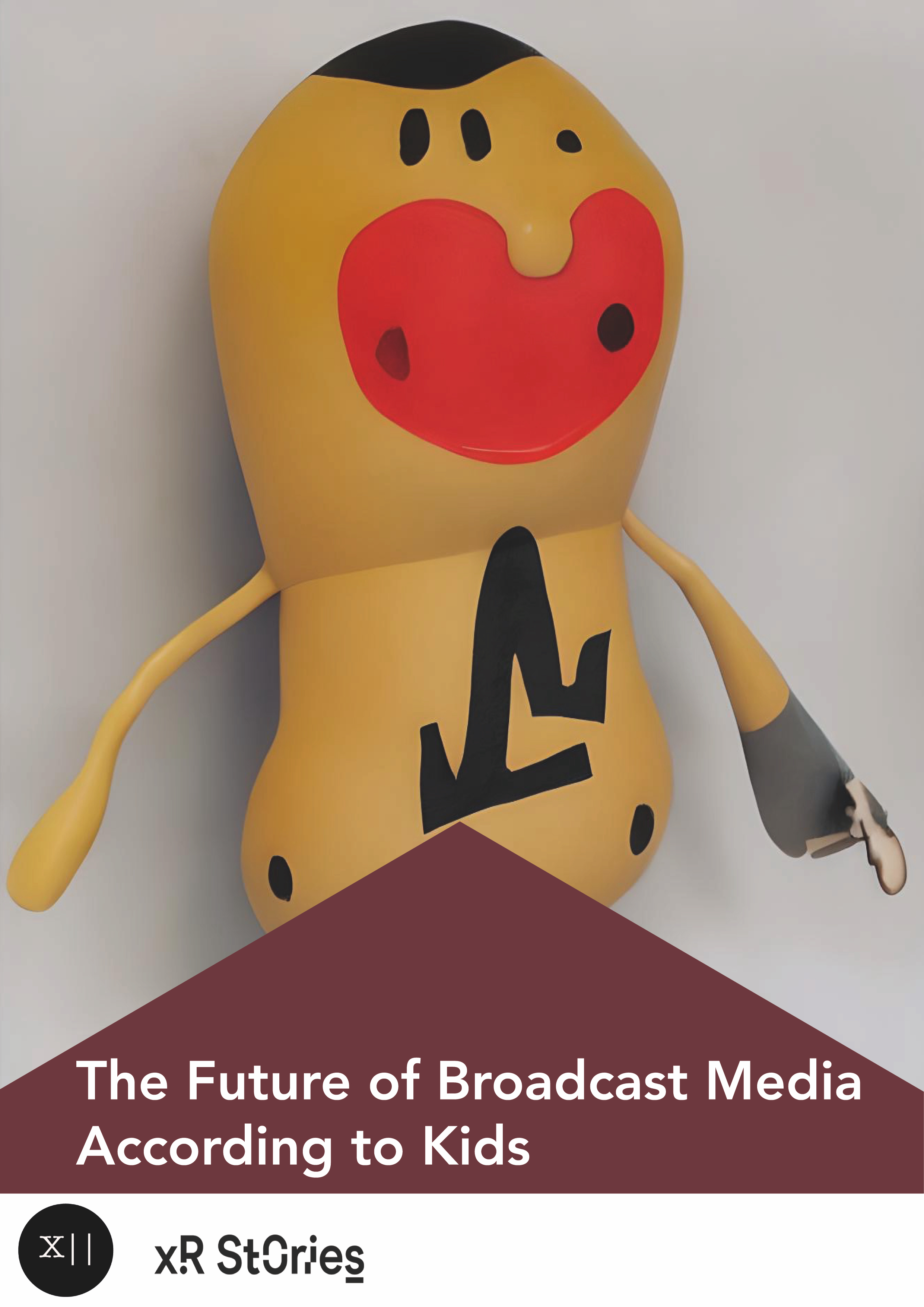
Image: Final Report Front Cover
Press: BBC Rewind. Read here
Research: Crafting Futures
October 2019 - March 2022
Funded by The British Council
Crafting Futures, sponsored by The British Council, in association with the Royal College of Art and colleagues in Kyrgyzstan and Kazakhstan. Eleanor Dare was Co-I on a team which worked with craftspeople to develop stories about crafts practices, as well as the cultural and historical significance of craft and its sustainable, environmentally entangled presence in everyday and extraordinary life and lives.

Image: storytelling and video making workshops on the shores of Lake Issy Kul Kyrgyzstan
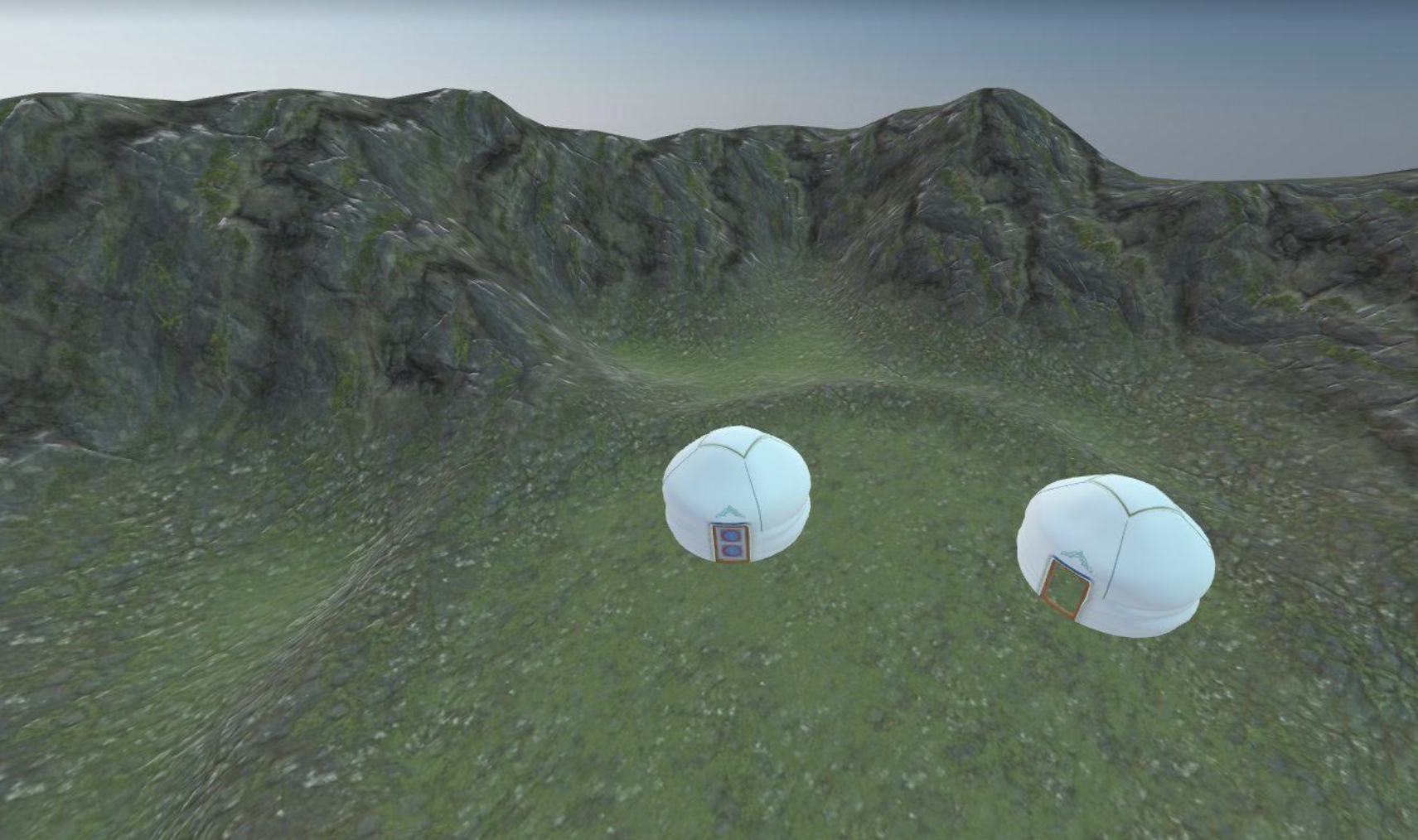 Image: virtual workshop in Mozilla Hubs during lockdown
Image: virtual workshop in Mozilla Hubs during lockdownResearch Gallery



